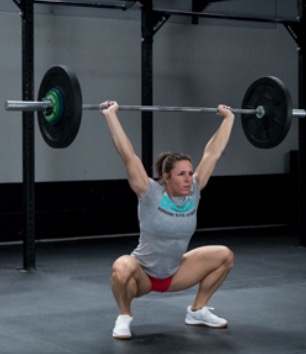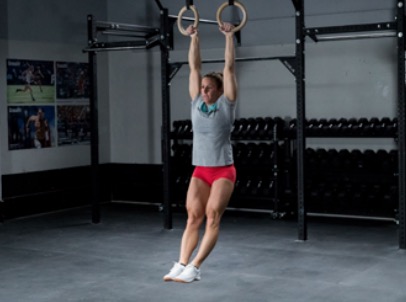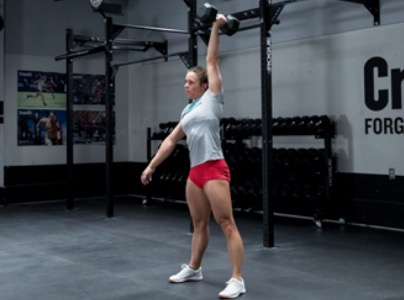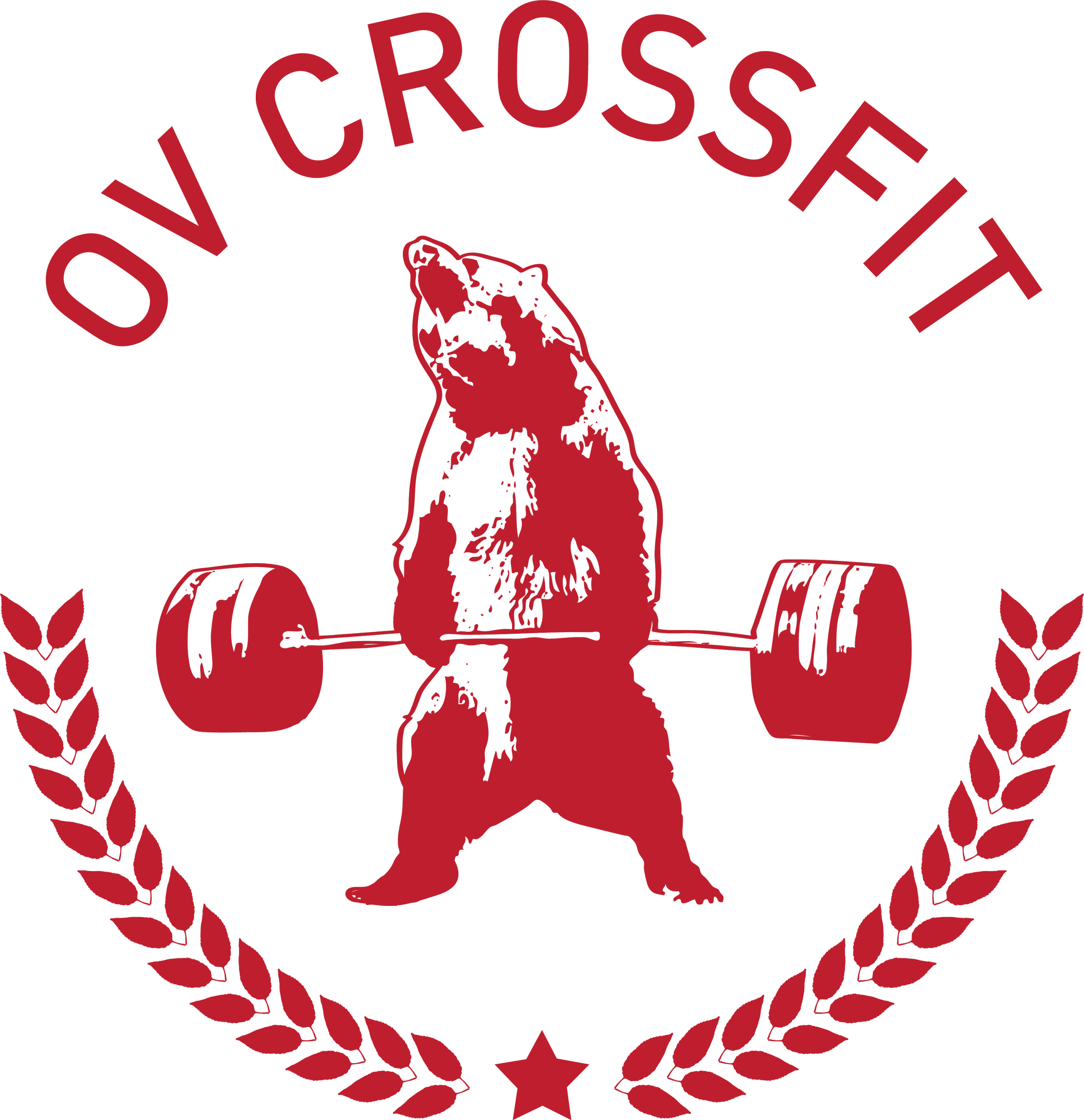18.3 Standards/Tips/Pointers
/Shoulders, Shoulders, and MORE Shoulders!
2 rounds for time of:
100 double-unders
20 overhead squats
100 double-unders
12 ring muscle-ups
100 double-unders
20 dumbbell snatches
100 double-unders
12 bar muscle-ups
Time cap: 14 minutes
Scaling
The Open offers a prescribed and scaled version of each workout for any age group. If you are unable to complete the prescribed version, try the scaled version for your age.
Variations:
Rx’d: (Ages 16-54)
Men perform 115-lb. OHS, 50-lb. DB snatches
Women perform 80-lb. OHS, 35-lb. DB snatches
Scaled: (Ages 16-54)
Men perform single-unders, 45-lb. OHS, chin-over-bar pull-ups (for both MU sets), 35-lb. DB snatches
Women perform single-unders, 35-lb. OHS, chin-over-bar pull-ups (for both MU sets), 20-lb. DB snatches
Teenagers 14-15:
Boys perform 75-lb. OHS, 35-lb. DB snatches
Girls perform 55-lb. OHS, 20-lb. DB snatches
Scaled Teenagers 14-15:
Boys perform single-unders, 45-lb. OHS, chin-over-bar pull-ups (for both MU sets), 20-lb. DB snatches
Girls perform single-unders, 35-lb. OHS, chin-over-bar pull-ups (for both MU sets), 10-lb. DB snatches
Masters 55+:
Men perform 75-lb. OHS, chest-to-bar pull-ups (for both MU sets), 35-lb. DB snatches
Women perform 55-lb. OHS, chest-to-bar pull-ups (for both MU sets), 20-lb. DB snatches
Scaled Masters 55+:
Men perform single-unders, 45-lb. OHS, jumping chest-to-bar pull-ups (for both MU sets), 20-lb. DB snatches
Women perform single-unders, 35-lb. OHS, jumping chest-to-bar pull-ups (for both MU sets), 10-lb. DB snatches
Tips and Pointers
- Spend a decent amount of time warming up your shoulders and loosening up.
- For a majority of our athletes there will be three approaches to this workout. For some it will be important to pace and be smart with the volume of muscle-ups. Many will be going for their first muscle-up! Others might be trying for their first pull-up! Whatever the case may be... Get as far within the workout as you can and then have fun with the rest.
- Don't be afraid to scale! Check your ego at the door and realize that if you just got pull-ups this year, the scaled version of this workout will hurt if you do it right. It will also benefit you the most.
Movement Standards
It is EXTREMELY important that all athletes and judges read this section to be sure that proper movement patterns are being enforced. In bold are a few to pay particular attention to:
- The hip crease must be below the top of the knee at the bottom. A full squat snatch is permitted but not required to start the movement if standard depth is achieved.
- The barbell must come to full lockout overhead, with the athlete’s hips, knees and arms fully extended, and the bar directly over the middle of the body. The athlete may not use a rack.
- In the muscle-up, the athlete must begin with or pass through a hang below the rings, with the arms fully extended (with or without a false grip) and the feet off the ground. The heels may not rise above the height of the rings during the kip.
- The dumbbell snatch starts with the dumbbell on the ground and finishes with the dumbbell directly overhead. At the bottom of the movement, BOTH heads of the dumbbell must touch the ground. The dumbbell must be lifted overhead in one motion. Touch-and-go is permitted. Bouncing the dumbbell is not allowed. Athletes must alternate arms after each repetition. The dumbbell must be lowered below the top of the athlete’s head before he or she can switch hands for the next rep. The non-lifting hand and arm may not be in contact with the body during the repetition. If the athlete receives a no rep and has already switched hands, the athlete may proceed from where he or she is. The athlete does not need to return the dumbbell to the no-repped arm for the next repetition to count.
- At the top, the elbows must be fully locked while the athlete is in the support position above the bar with the shoulders over or in front of the bar. Athletes must pass through some portion of a dip-to-lockout over the bar. Only the hands, and no other part of the arm, may touch the pull-up bar to assist the athlete in completing the rep. Once on top, the hands must stay in contact with the bar, and athletes must maintain support with their arms. Removing the hands and resting while on top of the bar is not allowed. Athletes may wrap tape around the pull-up bar OR wear hand protection (gymnastics-style grips, gloves, etc.), but they may not tape the bar AND wear hand protection.
- This is a standard chin-over-bar pull-up. Dead hang, kipping or butterfly pull-ups are permitted as long as all the requirements are met. The arms must be fully extended at the bottom with the feet off the ground.
Join us at 6am, 9am, or for "Friday Night Lights" from 4:30-7:30pm! Feel free to bring dinner, a snack, or a drink and hang out for the evening.
As we mentioned before... have fun! We knew these movements would come up eventually and now its time to give it your all to maybe get your first muscle-up or pull-up ever. Cheer on your OVC community and do your best!
















